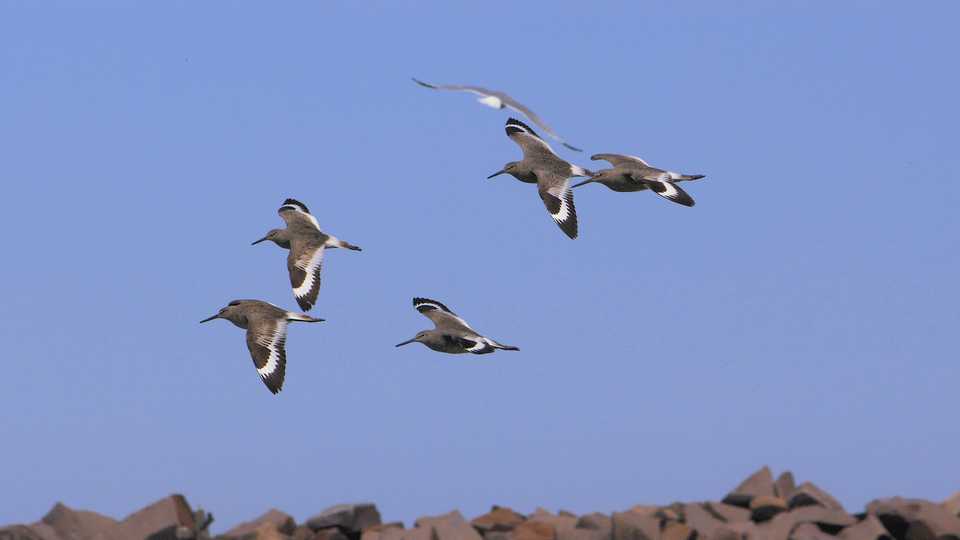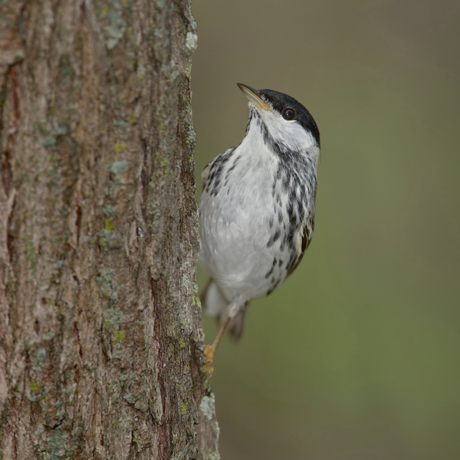Science News
Radar Tracks Migrating Birds

In the 1950s, U.S. radar stations picked up unidentified flying objects at night. There were concerns that these were aliens, but fairly soon, officials realized that many of these UFOs were actually large flocks of migrating birds. Scientists quickly realized that radar was a great way to study our avian friends and have been using that technology (and its subsequent improvements) ever since.
In a recent study, ornithologists used three weather surveillance radars to track migrating birds over the Great Lakes over a four-year period. Birds often migrate long distances at night, according to the Academy’s bird expert, Jack Dumbacher. They may choose to migrate in the darkness to avoid predators, but it’s unknown, he says. They’re able to navigate by stars and magnetic compass at night, Dumbacher explains, and the birds come down to earth to feed during the day.
In this study, the authors noticed that birds finding themselves over water at sunrise did two unexpected things. First, the radar results showed the birds increasing their elevation at dawn; the study’s authors presume that the birds fly higher to get a better perspective, look around, and locate the nearest shoreline. Second, migrating birds were tracked heading to that nearest shoreline to feed during the day. But the radar data also illustrate something remarkable: if the birds do not see nearby land ahead, they fly back to the nearest shoreline behind them, even if it means losing the entire night’s migration. On a 1,600-kilometer (1,000-mile), several-day migration, losing distance is counterintuitive. “We always knew they were booking long distances,” Dumbacher says, “but the fact migrating birds are backtracking is surprising.”
The study’s authors found that birds cluster during the day in feeding grounds along the shores of Lake Michigan and Lake Erie. In the spring, as birds are migrating north, these bird pile-ups occur on the south side of lakes. And during the fall migrations, they tend to gather on the north side of the lakes. The authors of the new publication say that these findings have implications for land conservation at these stopover habitats. “Our study justifies the high value of shoreline habitats for conservation of migratory bird populations in the Great Lakes region,” says co-author Jeff Buler.
Dumbacher says the publication has implications for bird window strikes, too, especially in cities such as Cleveland along the southern shores of the Great Lakes. “If these areas are more heavily used by migrating birds returning to the shore in the morning, it could help explain the high window collision rates in cities like Chicago or Cleveland.” Mitigation techniques in these areas could have a huge positive impact and prevent birds striking windows in buildings and houses in these areas. Bird strikes kill hundreds of millions of birds each year around the world.
Perhaps further radar data could save birds lives. “The general public doesn’t realize how much radar is used to study bird migration,” Dumbacher concludes. Certainly more successful than spotting UFOs of the alien variety!
Image: Dan Mullen/Flickr

